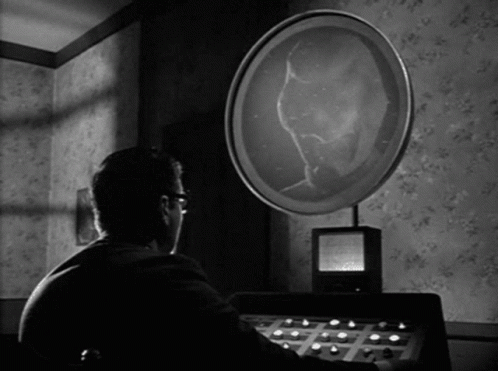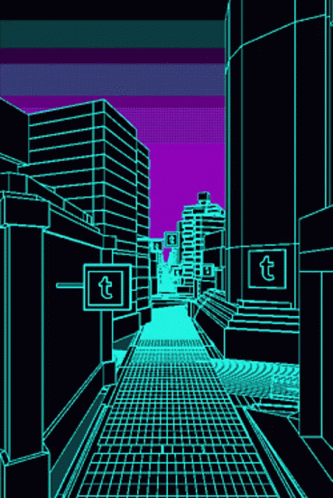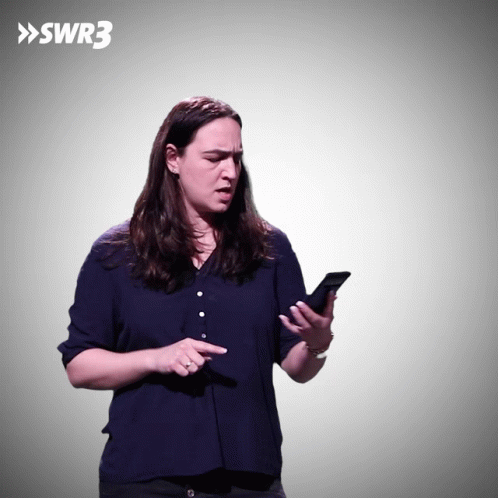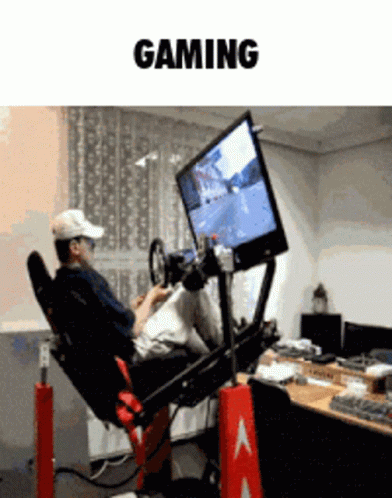
When it comes to technology and its potential impact on our lives, science fiction has long been a source of inspiration and amazement. Many sci-fi authors have imagined worlds filled with advanced technologies, artificial intelligence, and futuristic innovations that appeared like pure fantasy at the time of their writing. However, as technology progressed, some of these fanciful ideas became reality. This blog post will look at five science fiction novels and how the technology they foresaw has become a part of our everyday lives.
1. George Orwell's 1949 novel "1984"

"1984" by George Orwell is a dystopian classic that introduces readers to a dismal future where monitoring and political control are commonplace. The novel depicts "Big Brother" watching citizens using telescreens.
At the time, microphones in their homes appeared like a terrifying exaggeration of state authority. However, in the twenty-first century, we live in a world where surveillance cameras and smart technologies can be found in practically every area of our lives. Our world is more tightly monitored than ever, from surveillance cameras on street corners to voice-activated virtual assistants like Amazon's Alexa.
2. William Gibson's "Neuromancer" (1984).

The groundbreaking cyberpunk novel "Neuromancer" by William Gibson popularized the term "cyberspace" and envisaged a world in which individuals might explore a digital domain with their brains. While the novel's vision of hacking, virtual reality, and artificial intelligence may have appeared in science fiction in the 1980s, These ideas have since become ingrained in our daily lives. We now have virtual reality goggles, advanced AI-powered digital assistants, and hackers who are constantly pushing the boundaries of cyberspace.
3. Various Authors' "Star Trek" Series (1960s-Present)

Gene Roddenberry's "Star Trek" franchise has generated numerous novels that depict a future populated with advanced technology. While many aspects of the series remain firmly in the world of fantasy, such as faster-than-light travel and teleportation, some of its technological predictions have become reality. The communicator gadgets used by Starfleet officers, for example, are very similar to our current smartphones. The idea of a portable device that allows for quick communication was born.
It was revolutionary at the time, but it is now an essential part of our daily life.
4. Neal Stephenson's "Snow Crash" (1992).

"Snow Crash" by Neal Stephenson is a fast-paced cyberpunk thriller that established the concept of the "Metaverse," a virtual reality-based successor to the internet. While we may not yet have a full-fledged Metaverse, the book's analysis of online avatars, virtual economies, and the convergence of the digital and physical worlds is foreboding. With the rise of virtual reality platforms, online gaming, and augmented reality applications that merge digital information with our surroundings, we are seeing the early phases of this notion today.
5. Philip K. Dick's "The Minority Report" (1956).

"The Minority Report" by Philip K. Dick is a short tale that imagines a future in which "precogs" can anticipate crimes before they occur, leading to a society that jails people for "pre-crime." While the concept of anticipating crimes remains science fiction, we have seen the rise of predictive analytics and data-driven law enforcement. Police departments are now employing data analysis to forecast probable crime areas and more effectively distribute resources.
Science fiction has always been a think tank, pushing the frontiers of what is possible and challenging our worldview. The five novels listed here are only a small selection of the many available.
Many works of science fiction have foreseen, and in some cases inspired, modern technology. As we continue to develop and explore new horizons, it's important to remember that the incredible concepts of today's sci-fi authors may become realities of tomorrow. So, the next time you pick up a sci-fi novel, keep a look out for technical marvels that may be predicted for our future. After all, the distinction between fiction and truth has never been more hazy.
References
- Apter, M. J. (1982). Machines Who Think: A Personal Inquiry into the History and Prospects of Artificial Intelligence by Pamela McCorduck. Leonardo, 15(3), 242-242.
- https://www.supersummary.com/minority-report/summary/
- https://www.supersummary.com/neuromancer/summary/
Congratulations @infinikxs! You have completed the following achievement on the Hive blockchain And have been rewarded with New badge(s)
Your next target is to reach 50 posts.
Your next target is to reach 300 replies.
You can view your badges on your board and compare yourself to others in the Ranking
If you no longer want to receive notifications, reply to this comment with the word
STOPTo support your work, I also upvoted your post!
Via Tenor
@bpcvoter3, sorry! You need more to stake more $PIZZA to use this command.
The minimum requirement is 20.0 PIZZA staked.
More $PIZZA is available from Hive-Engine or Tribaldex